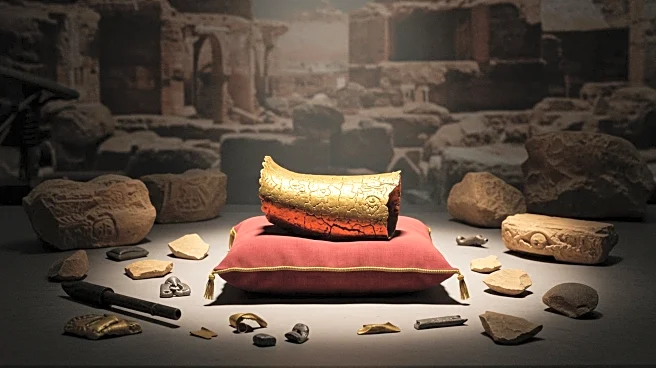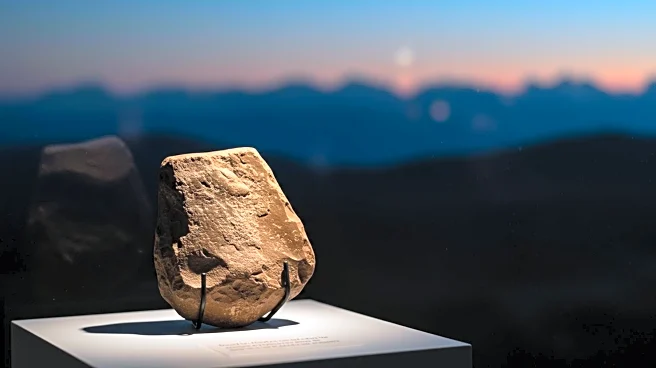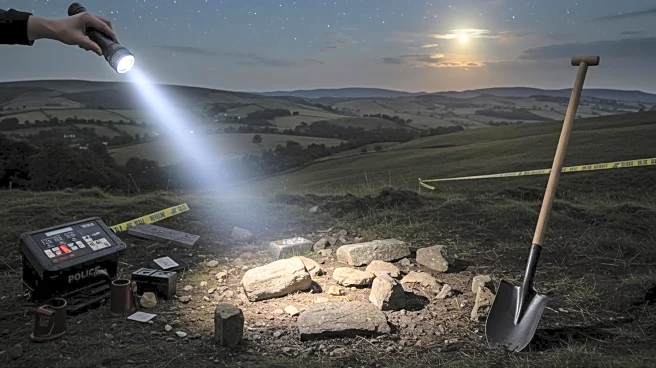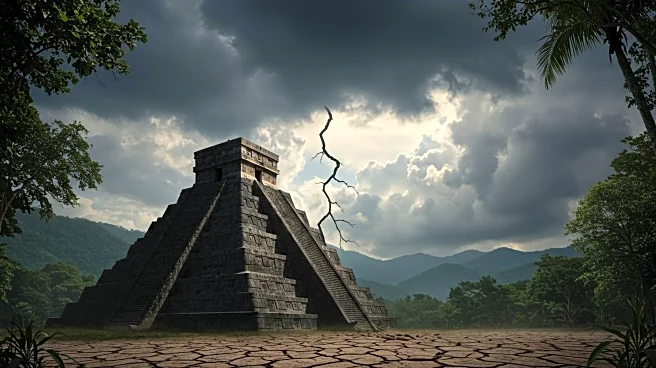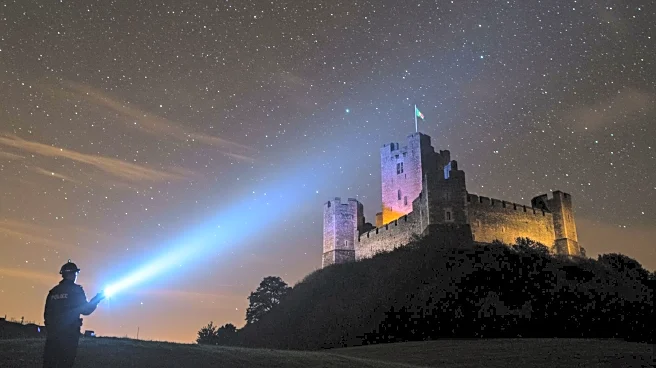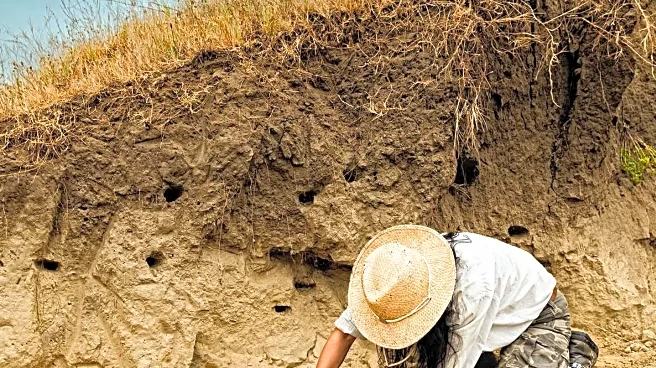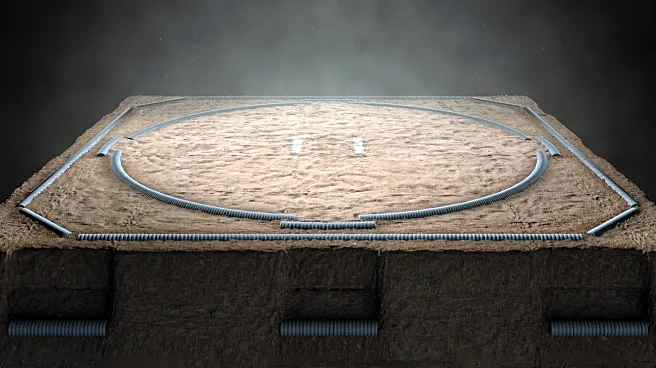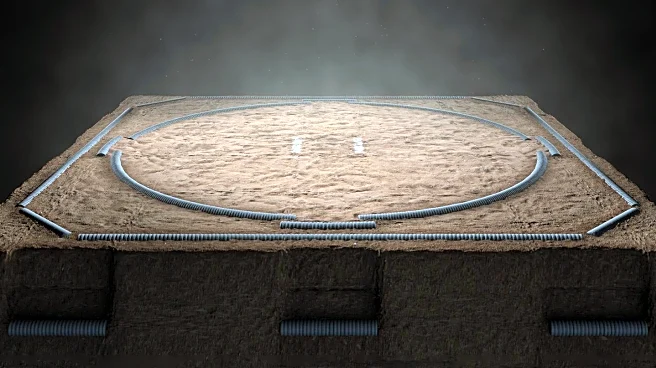What is the story about?
What's Happening?
A researcher has potentially uncovered the oldest written references to Moses, dating back approximately 3,800 years, in the Egyptian desert. These inscriptions were found at Serabit el-Khadim, an ancient turquoise mining site in the Sinai Desert, where Semitic laborers worked during the Middle Bronze Age. The Proto-Sinaitic inscriptions, dating between 1800 and 1600 B.C., were etched centuries before the earliest parts of the Bible were written. Michael S. Bar-Ron, an American-Israeli epigraphist and graduate student at Ariel University, is reanalyzing these inscriptions. He suggests that the inscriptions read "Zot M'Moshe" and "Ne'um Moshe," which may translate to "This is from Moses" and "Declaration of Moses," respectively. If verified, these inscriptions would be the earliest written mention of Moses outside the Bible. The inscriptions also reference El, a deity associated with the Abrahamic God, while censuring the ancient pagan goddess Ba`alat.
Why It's Important?
The discovery of these inscriptions could have significant implications for historical and religious scholarship, potentially providing evidence of Moses' existence outside biblical texts. This finding may offer insights into the cultural and religious dynamics of the region during the Middle Bronze Age, highlighting the interactions between Semitic workers and the prevailing religious practices. The inscriptions' reference to El and the censure of Ba`alat suggest a resistance to pagan worship, which could inform our understanding of early monotheistic movements. If verified, these inscriptions could reshape historical narratives about Moses and the Semitic peoples of the time, impacting religious studies and archaeological research.
What's Next?
The inscriptions are set to undergo peer review, with Bar-Ron's research already having been edited over 100 times. This process will determine the validity and significance of the findings. Should the inscriptions be verified, they could lead to further archaeological investigations at Serabit el-Khadim and other sites in the region, potentially uncovering more evidence of early Semitic presence and religious practices. Scholars and historians may also revisit existing theories about Moses and the historical context of the biblical narratives, potentially leading to new interpretations and discussions within academic circles.
Beyond the Headlines
The discovery raises questions about the intersection of archaeology and religious texts, challenging scholars to consider how ancient inscriptions can inform or alter our understanding of historical figures like Moses. It also highlights the complexities of interpreting ancient languages and the importance of rigorous scholarly methods in verifying such findings. The potential resistance to Ba`alat's worship reflected in the inscriptions may indicate early ideological shifts towards monotheism, offering a glimpse into the cultural transformations of the time.
AI Generated Content
Do you find this article useful?



